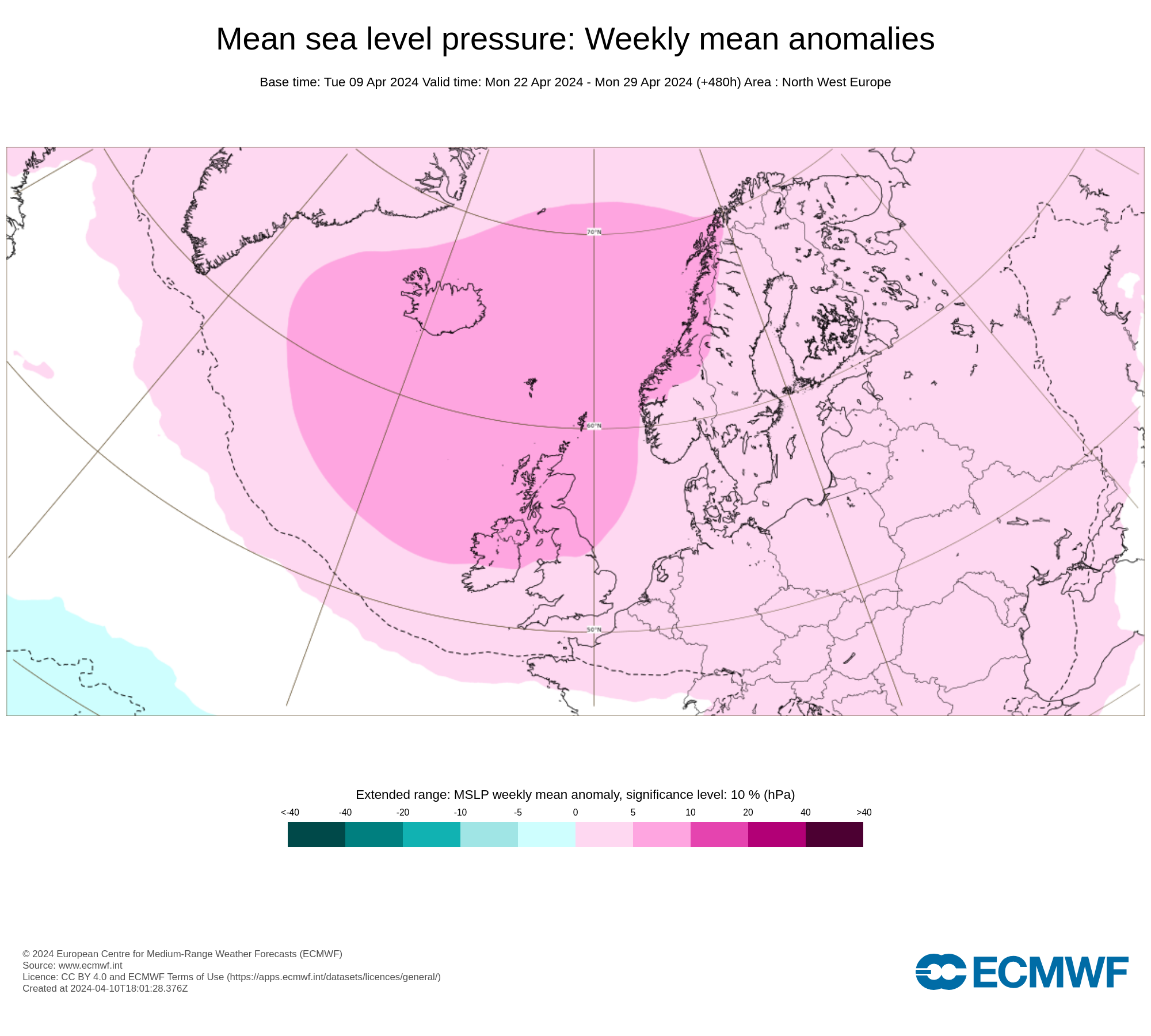Over 1 Million people evacuated due to heavy rainfall in parts of Japan
Torrential rains have created dangerous conditions in southwestern Japan, prompting evacuation orders for more than 1.1 million people in the Kyushu region, according to state broadcaster NHK News. Officials are warning of the risk of flooding and mudslides.
Roughly half of Kyushu, the southernmost of Japan's main islands, is under a warning or advisory for risks of landslides and heavy rain, according to the Japan Meteorological Agency. The flood warning covers a slightly smaller area.
"Please take action to protect your lives," Prime Minister Shinzo Abe said on Wednesday, according to The Japan Times.
As of early evening local time, authorities had issued evacuation orders for 1,123,000 people in parts of two prefectures: Kagoshima and Miyazaki. Evacuation advisories were issued for nearly 870,000 people in nearby areas, according to NHK.
CONTINUES BELOW
The evacuation orders come as Kyushu and nearby regions have struggled to absorb persistent heavy rains that began late last week. Some areas have already surpassed record rainfall levels, and with more rain in the forecast, the ground could simply give way, Japan's weather agency says.
"Rainfall in some parts of southern Kyushu has reached 1,000 millimeters [39 inches] since Friday," NHK reports.
The governor of Kagoshima prefecture asked Japan's Self-Defense Forces on Wednesday to dispatch a disaster team to help residents and emergency crews cope with landslides and floods, according to Japan's Ministry of Defense.
"Japanese Self-Defense Forces has about 14,000 personnel in place," Deputy Chief Cabinet Secretary Kotaro Nogami said. He added that Japan's central government is coordinating police, firefighters, coast guard and other agencies to respond quickly to emergencies.
The torrential rain comes from a phenomenon known as the Baiu front, which brings seasonal rains to most of Japan. In the current situation, the front has stalled out and is pouring water onto southern Japan, according to Japanese weather officials.
Historically, the rainy period usually lasts from early June to mid- or late July for Kyushu and areas to the north.
CONTINUES BELOW
Fiona Carter, a British tourist on the island of Panarea, some 27 km (17 miles) from Stromboli, heard the blast.
“We turned around to see a mushroom cloud coming from Stromboli. Everyone was in shock. Then red hot lava started running down the mountain towards the little village of Ginostra,” she told Reuters.
“The cloud got bigger, white and gray. It enveloped Ginostra and now the cloud has covered Stromboli entirely. Several boats set off for Stromboli,” she added.
Stefano Branca, an expert with the National Institute of Geophysics and Vulcanology (INGV), said there had been a “paroxysmal eruption” on the island, when high-pressure magma explodes from a shallow, underground reservoir.
“These are events of great intensity and quite rare,” he told Reuters.
Tourists often climb to the 924-metre (3,000-foot) summit of the volcano and peer into its crater, with small puffs of molten rock regularly blasted into the sky. It was not clear if anyone was on the crater at the time of the blast.
According to the geology.com website, Stromboli is one of the most active volcanoes on the planet and has been erupting almost continuously since 1932.
The island was the setting for a 1950 movie starring Ingrid Bergman and, with other islands in the Aeolian archipelago, has become a favorite location in recent decades for holiday homes for the rich and famous.
LATEST NEWS
2019 CALENDAR NOW ON SALE






























